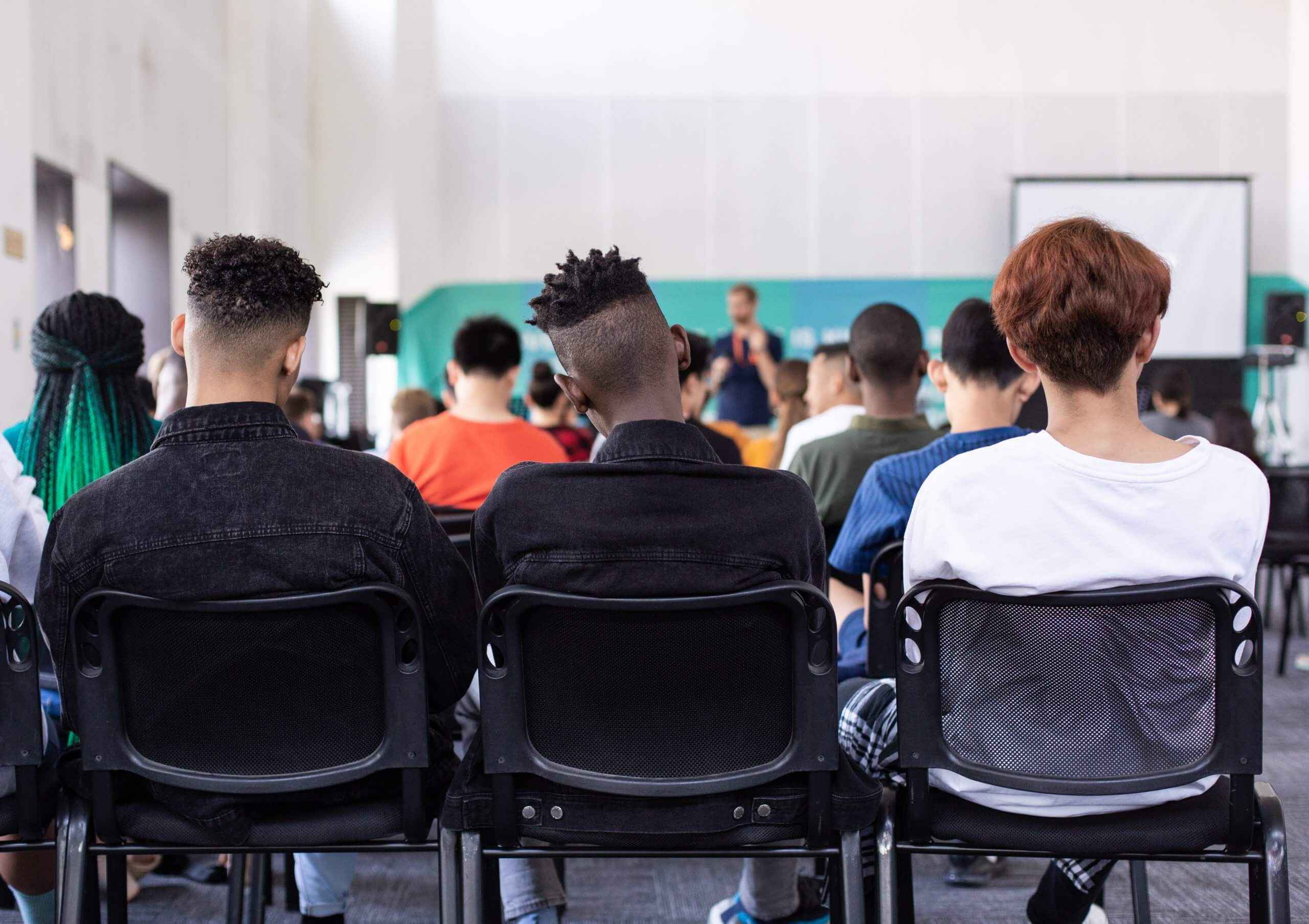“Sit still” is by far one of my least favorite teacher instructions. It’s almost as anemic as “just focus,” as we discussed in a recent blog post. For many students, especially those struggling with ADHD, sitting still is nearly impossible and maybe even counterproductive. Posture, exercise, and breathing are too often overlooked components of learning. In fact, compared with the 1980s, only one in twelve of today’s children have normal core strength and balance. This means that sitting still for long periods of time — let alone concentrating during that period — is more challenging today for students than ever and also perhaps a contributor to such high rates of ADHD diagnoses.
We have discussed the role of exercise in student achievement before; today, we want to focus specifically on how posture can aid learning outcomes.
Good posture involves properly structuring the vertebrae one on top of the other so that the body is both relaxed and alert. Just picture the opposite of what most of us do when sitting at a table or desk. Most students are hunched over with the shoulder blades pinching inward, particularly when reading or working at laptops. An incorrect seated posture can quickly lead to fatigue, neck and back strains, and a decline in focus and comfort.
Resolving posture issues in students is both easy and incredibly effective at boosting learning outcomes. Here are a few principles to keep in mind to make sure students set themselves up for success.
Feet on the Floor
Students should always sit with their feet flat on the floor, ensuring a proper spinal position. When students dangle their feet aimlessly from their chair or point their toes downward, the spine is curved. Furthermore, students should be able to rest their arms comfortably on the desk in front of them. Finally, a proper desk height ensures students don’t have their elbows propped uncomfortably on the desk.
Don’t Sit Too Long
As we have advocated in the past, movement breaks are essential to healthy learning, particularly in younger age groups. Fidgeting is often a sign of discomfort, so it is often better for teachers and parents to “lean into the skid” and allow students a movement break rather than disparage a student for fidgeting. This also serves the function of resetting the body to avoid long-term health issues.
Think Outside the Box
In recent years, numerous companies have introduced alternative seating to help students improve posture and combat learning differences like ADHD. Standing desks have become more and more popular both in schools and in the office, as research reveals that sedentary lifestyles have a dire effect on our health. Other innovations like the stability ball chair can help aid learning. One four-month study in seven US elementary schools showed that kids either retained or improved their academic results over time, and anecdotal evidence from teachers described kids who used the balls as quieter and more attentive.
Closing thoughts
When handled properly, posture and movement can make an immediate impact on educational outcomes. As more and more research points to the power of the learning environment on student outcomes, educators should strive to design classrooms with every student in mind. Posture is just one piece of this very tricky puzzle.
For information on learning environments or how executive functioning can help your student, visit our blog page. For details on our unique one-on-one academic coaching page, reach out today!





